Copperheads, in this case the southern copperhead, aka Agkistrodon contortrix, have a striking appearance, with a lightbrown, slightly pinkish, somewhat stubby body that features wide dark The typical litter of a mother copperhead snake is five to eight snakes, but they can be as many as 15 to Though they don't typically travel in The copperhead also has a brown, triangular head, rather than the distinctive grey head of the Texas rat snake One of the best ways to differentiate copperheads and rat snakes is their body shape Rat snakes are long and slender, whereas copperheads are short and stocky Chicken Snake in Texas
The Southern Copperhead Snake Everything You Need To Know
Brown snake baby copperhead snake texas
Brown snake baby copperhead snake texas-My name is Orry Martin The Texas Snake Hunter This documentary compares the Texas Brown Snake (Storeria dekayi texana) to the Southern Copperhead (AgkistrCopperheads bite rather than strike Because they are so well camouflaged, most bites occur when a snake is accidentally picked up or sat or laid on




Baby Copperheads How To Identify Them And Get Rid Of Them
My name is Orry Martin The Texas Snake Hunter This documentary compares the Texas Brown Snake (Storeria dekayi texana) to the Southern Copperhead (AgkistrAn adult copperhead snake injects more venom than a baby snake Baby copperhead's fangs are smaller 12 to 72 mm in length and inject smaller amounts of venom the smaller the snake, the smaller the fangs and venomThreadsnakes such as blind snakes, Barbados snakes are small thin snakes that resemble large worms Besides that, there are a few baby snakes that look really like worms Some samples are baby cottonmouth snakes, Baby Copperhead Snakes, Baby Rattlesnakes at the hatching stage (115 days old) Baby Copperhead Snakes Snakes Baby Snakes Funny Frogs Copperheads And Similar Looking Harmle
Heres Something You May Not Know About Copperheads In Texas Southern Copperhead A Guide To Snakes Of Southeast Texas Photo 866 21 Copperhead Snake Agkistrodon Contortrix OnSimilar to the copperhead snake, baby cottonmouths utilize their brightly colored tail to attract amphibious prey They wiggle their tails to imitate a worm and when an unsuspecting frog comes in for a bite, the cottonmouth will strike This method of imitation is called 'caudal luring' and is central to a juvenile cottonmouth's survival Other than the dots, there is no pattern on the heads of copperhead snakes The body of a copperhead is usually a light tan or slightly pink color Sometimes baby copperheads are grayer than adults, but turn the more brownish color as they age Along the back of the snake are dark brown or reddishbrown markings
Copperhead snakes have bands of gray and/or brown with a coppercolored head They blend in with leafcovered forest floors and it's possible to stare right at a copperhead without seeing it!Baby copperhead (with quarter for size comparison) has the same bold "Hersheys kisses" pattern as an adult except for a neon green tail tip Some of the most common venomous snakes likely to be found in our area are Northern cottonmouths ( Agkistrodon piscivorus ) and Eastern copperheads ( Agkistrodon contortrix )Summary 7 Agkistrodon contortrix is a species of venomous snake endemic to Eastern North America, a member of the Crotalinae (pit viper) subfamily The common name for this species is the copperheadThe behavior of Agkistrodon contortrix may lead to accidental encounters with humans Five subspecies are currently recognized, including the nominate subspecies described



Rat




Copperhead Snakes Engage In Nightly Summertime Feeding Congregation
What Snakes In Texas Climb Trees?These snakes have a very different appearance from pit vipers, with slender bodies, small heads, andIdentifying Venomous and Nonvenomous Snakes in Texas Only one species of coral snake, the Texas coral snake (Micrurus tener), lives in Texas;



Copperhead On Grounds Animal Keeper Blog




Slithering Baby Snakes Missouri Department Of Conservation
An adult copperhead snake injects more venom than a baby snake Baby copperhead's fangs are smaller 12 to 72 mm in length and inject smaller amounts of venom the smaller the snake, the smaller the fangs and venom quantity A popular myth is that baby snakes cannot control their venom thus being more dangerous It is actually not true Darvin says the Western Rat Snake is another common nonvenomous snake in East Texas "A lot of people mistake the rat snake for a venomous snake They are not aggressive, but they are defensiveIs It A Rat Snake Chicken Snake Or A Copperhead Crazy Rat Texas Rat Snake To Kill All Those Darvin says the Western Rat Snake is another common nonvenomous snake in East Texas "A lot of people mistake the rat snake for a venomous snake They are not aggressive, but they are defensiveA baby copperhead snake tail has a yellow tip which later goes darker as the snake
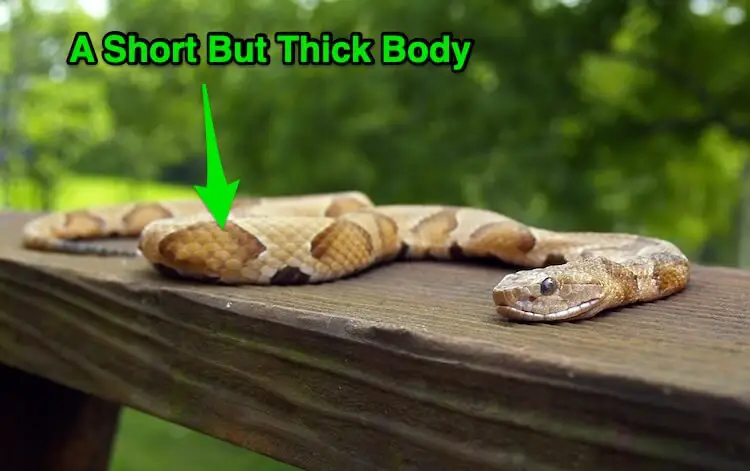



7 Ways To Identify Prevent Remove Baby Copperhead Snakes Everything Reptiles
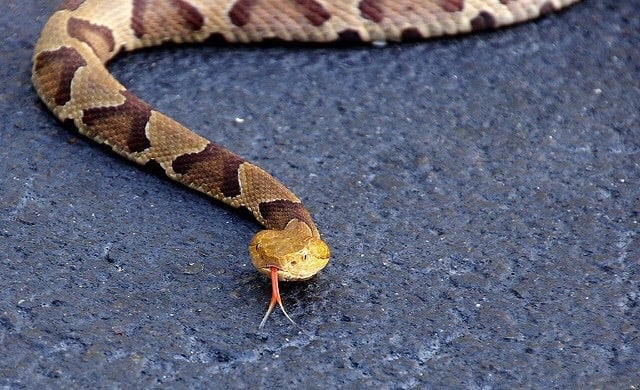



Baby Copperhead Snake Identification Guide Look For These 5 Things Embora Pets
The actual color varies, by locality, from a redbrown, to a graybrown They average approximately 2 – 3 feet in length, considered to be one of the smaller copperheads Copperhead venom is not considered to be lifethreatening to an otherwise healthy adult, but it can cause localized swelling, necrosis , and severe pain Luckily, the Texas water moccasin , or cottonmouth, is the only poisonous water snake in the United States, making it easier to identify when you know what you're looking for The largest feature you can identify first is the body Unlike a harmless water snake, the water moccasin in Texas is very thick and moves around with a heavy, stocky bodyWhile this is a solid base of similar colors, they can vary a bit into grays and young baby copperhead snakes often even have yellow or yellowish tails Regional variances occur, but the base look of most copperheads will be the same most of the time copper, tan, brown, rust – with especially dark hour glass blotches down the body




Dekay S Brown Snake Or Baby Copperhead East Tennessee What Do You Guys Think Herpetology



The Southern Copperhead Snake Everything You Need To Know
Do baby brown snakes stay together?Browse 1,348 copperhead snake stock photos and images available, or search for timber rattlesnake or rattlesnake to find more great stock photos and picturesPhotograph showing a closeup, profile view of the brown and tan patterned head and eye of a juvenile, venomous, Southern copperhead snake image Venomous Snakes Found in Texas Texas is home to many species of snake If you venture out during snake season, you may come across one, even in your backyard Of these, the vast majority – including the Texas brown snake, milk snake, and gopher snake –
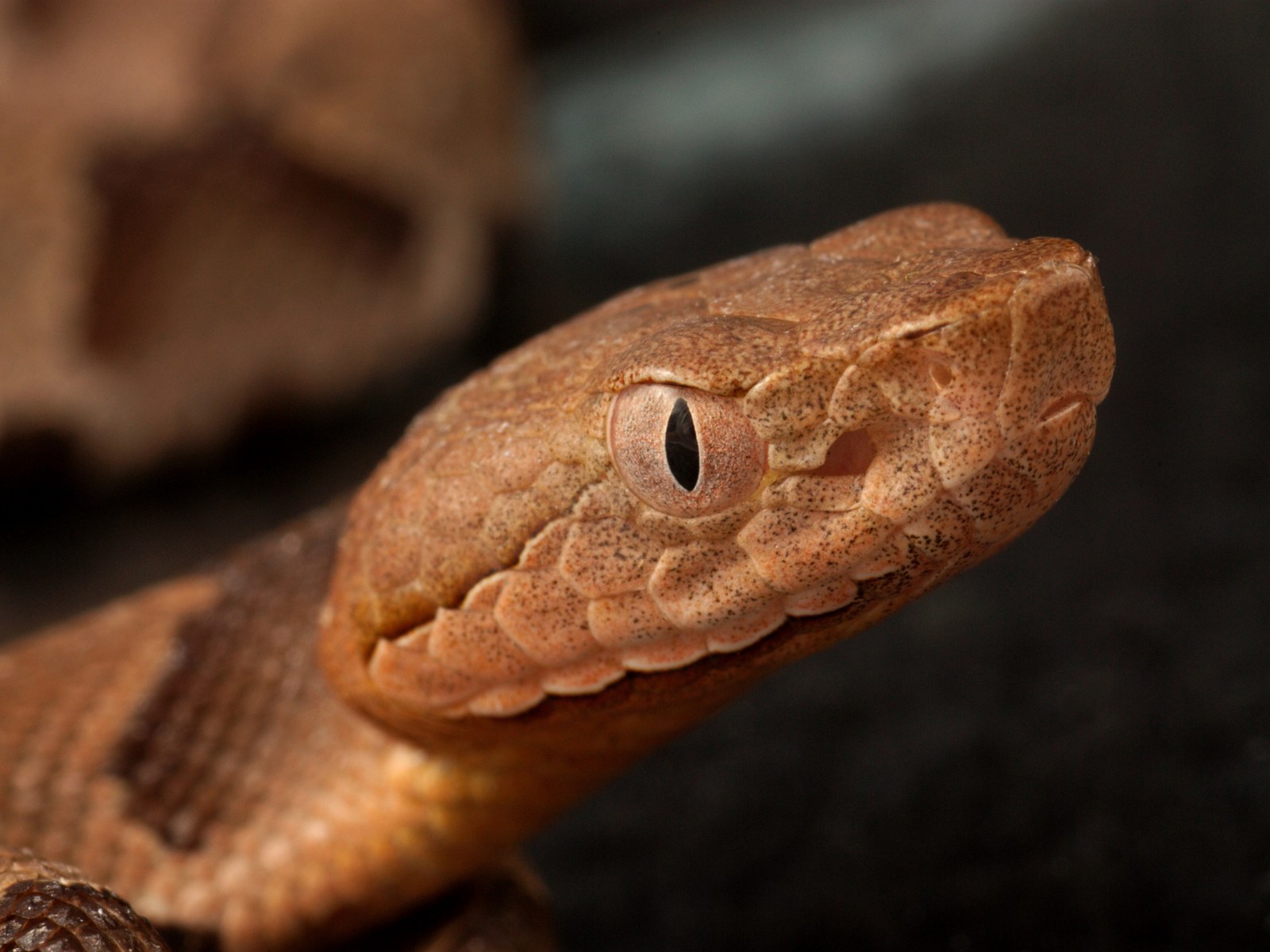



It S Baby Copperhead Snake Season Here S What You Need To Look Out For
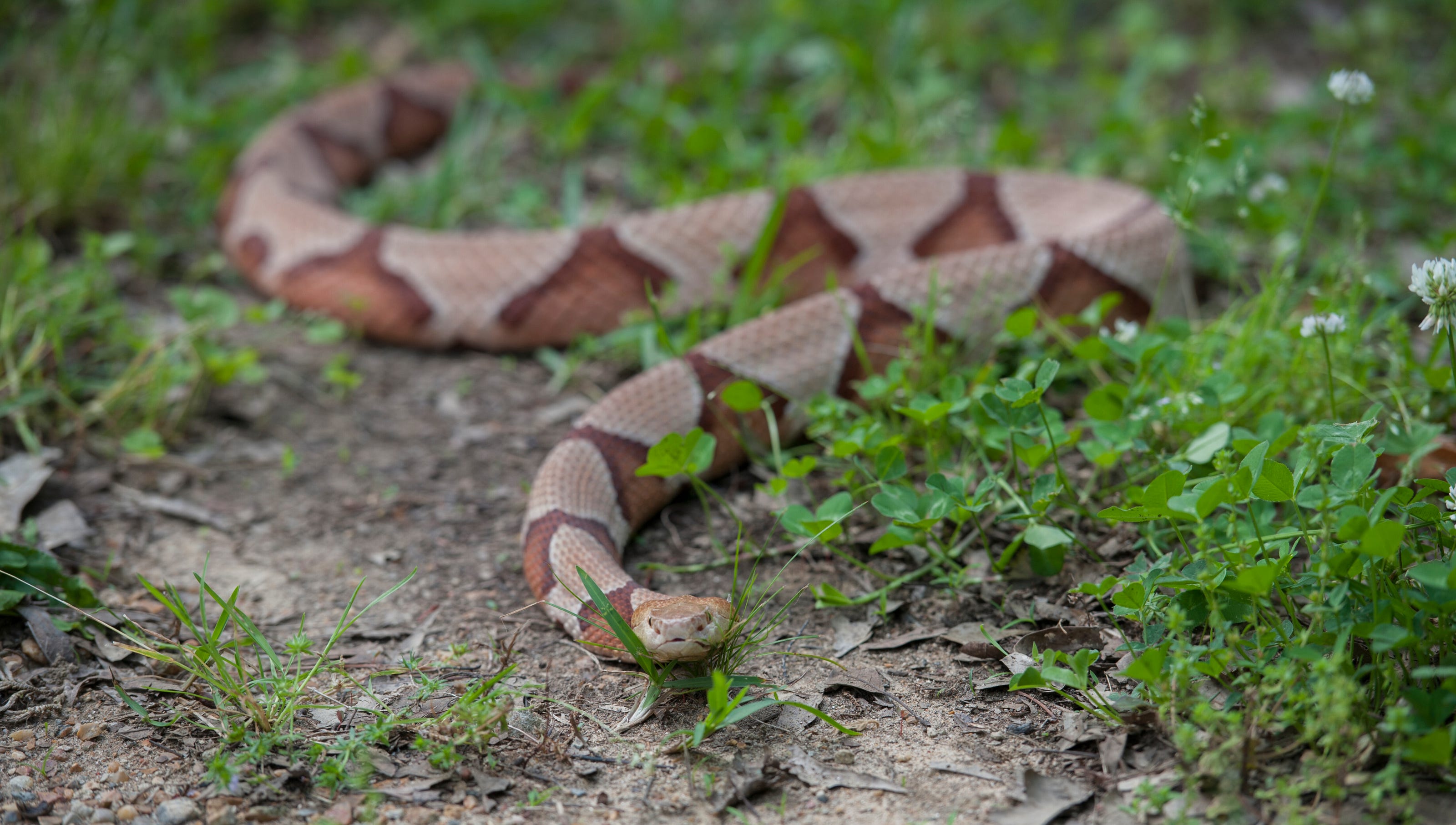



Copperhead Snake Bit Girl Here S What To Know About The Reptiles
The dekay's brown snake is a small, harmless fossorial snake found across the Eastern US which is often mistaken for juvenile copperheads In this video, we There is no particular name assigned to a baby copperhead but like any other snake babies, it can besides be called a snakelet According to the Smithsonian Zoo, young copperheads are born with fangs and venom equally toxic as an adult 'sSimply put, not usually When snakes hatch or are born (some give live birth), they immediately disperse and become independent snakes This describes pythons with big bodies able to incubate the eggs well, but small bodied snakes like eastern browns will lay their eggs and move on Are copperhead snakes




Snakes Are Out Reduce Encounters Agrilife Today




Copperhead Identification Wildlife Tips Copperhead Vs Brown Snake Youtube
The Texas brown snake is a subspecies of the nonvenomous North American genus (Image credit Matt Jeppson ) The name brown snake refers to two different genera of snakes, found onThe number of snakes on this list that are nonvenomous but look like the venomous Copperhead speaks to the importance of being able to identify wildlife Mistaking a venomous snake for a nonvenomous snake is not a mistake you want to make if you plan on getting close to the snakeNorthern Copperhead, Agkistrodon contortrix is a venomous pit viper found in Eastern North America Copperhead snakes are common in large parts of the United States Where adult snakes can be found, baby copperhead snakes are almost guaranteed to be around the same parts at their most active time of year You are likely to spot a copperhead baby closer to habitats where




Common Snakes Of Texas Texas Co Op Power
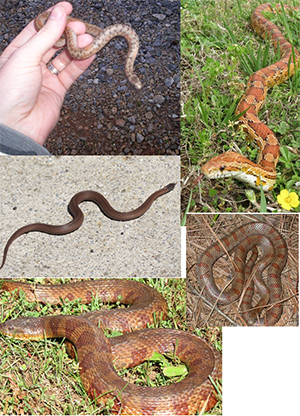



The Copperhead Snake Is Often Misidentified
In Texas, we have 3 groups of these snakes Copperheads, Cottonmouths, and Rattlesnakes Copperhead snake Copperheads Agkistrodon contortrix Copperheads have chestnut or reddishbrown crossbands on a lighter colored body These snakes are found in rocky areas and wooded bottomlands and are rare in dry areas Answer (1 of 2) Orange / browncopper colored skin with darker bands or circles on their body Their bites are seriously toxic Get thee to the nearest ER pronto Not too large; The Texas brown snake is a subspecies of brown snake commonly found in North America The nonvenomous snake isn't aggressive rather it coils up when threatened It is shy and not detrimental to humans at all Scientific Classification;
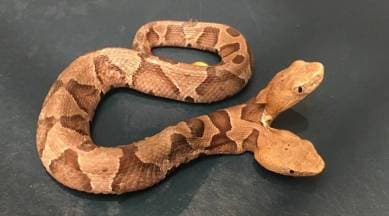



Watch Rare Two Headed Baby Copperhead Snake Found In Virginia Trending News The Indian Express
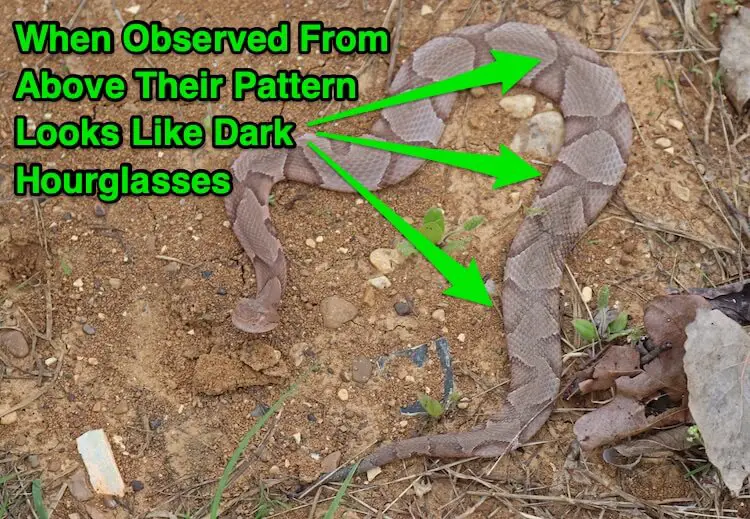



7 Ways To Identify Prevent Remove Baby Copperhead Snakes Everything Reptiles
Many baby copperhead snakes are born with a bright yellow or green tip to their tail This bright color is used to attract and lure prey to enter within striking distance This helps babies find food and grow quickly What baby snake has aBaby Copperhead Snake Texas Collected from the entire web and summarized to include only the most important parts of it Can be used as content for research and analysis Home Blog Pro Plans B2B solution Login Advanced searches left 3/3 Search The snake in your photograph is most likely the Texas Brown Snake (Storeria dekayi texana) There is another subspecies of brown snake that occurs in a narrow area from the Louisiana border down to Port Lavaca, Texas, called the marsh brown snake ( Storeria dekayi limnetes ), but I believe the Fort Bend area is in the Texas brown snake's range
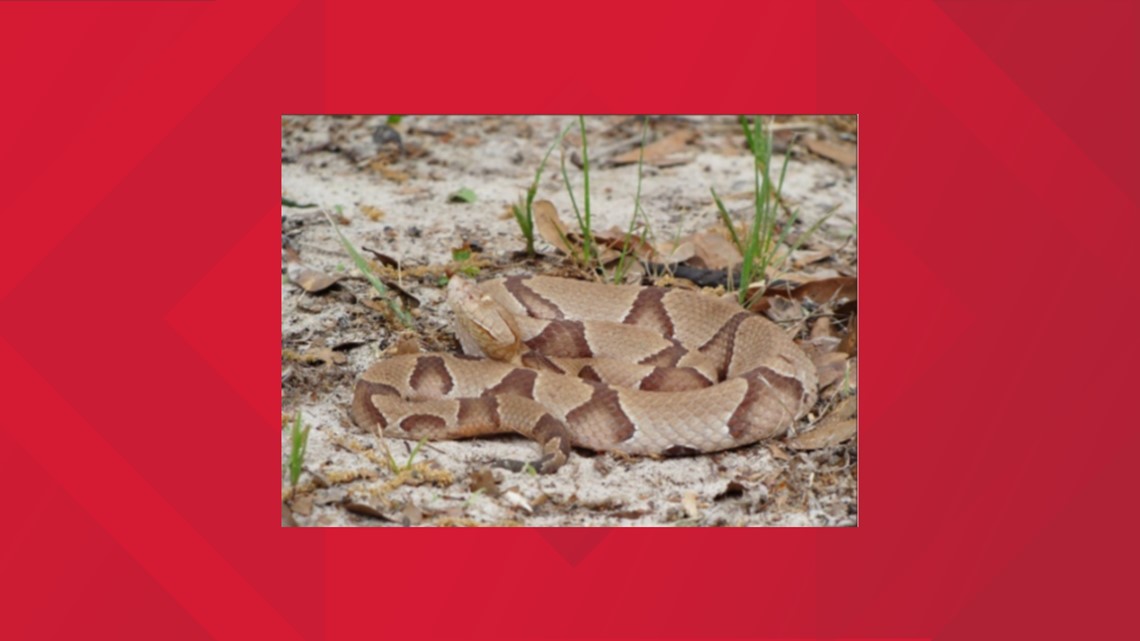



You Should Know Venomous Vs Non Venomous Snakes In Texas Cbs19 Tv
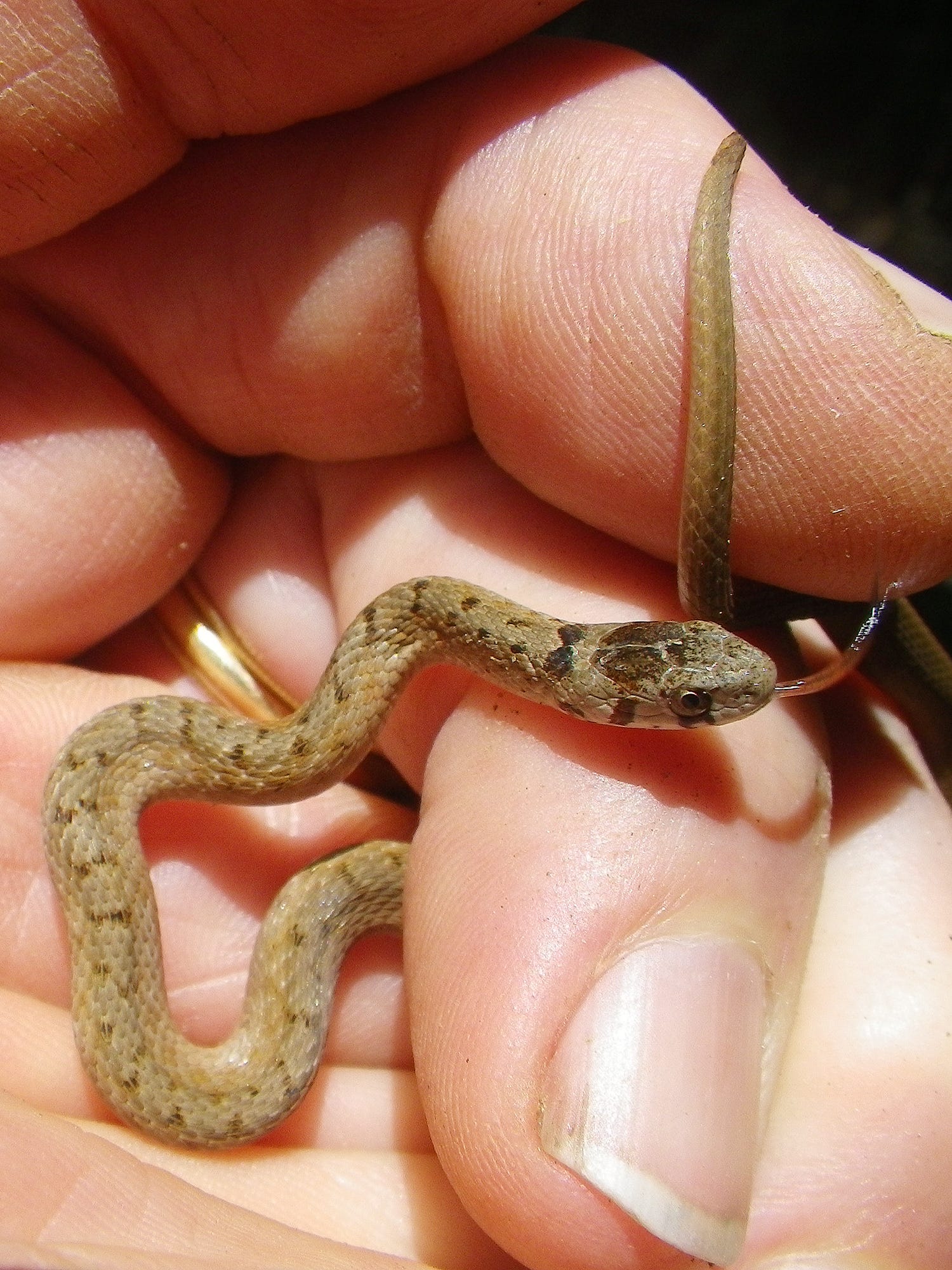



5 Snakes You May Encounter This Summer
Difference between a CopperHead Snake Neonate and a Rat snake Neonate Copperhead Neonates – Bearing the same pattern to their adult counterparts, these younglings are usually yellow and green in color Rat Neonates – They are patterned in uniform and elliptical shapes running along their entire length Copperhead Neonates – Tails of vivid colors are used to Thankfully, the young snakes are easy to identify The baby copperheads are about seven to eight inches long The coloration is very similar to the adults in they are usually light brown or reddish in appearance Just be warned, some younger snakes can appear dark grayMany snakes in Texas are protected by state law, and indiscriminate killing or any other control is illegal What do Copperheads look like in Texas?




A Field Guide To Commonly Misidentified Snakes
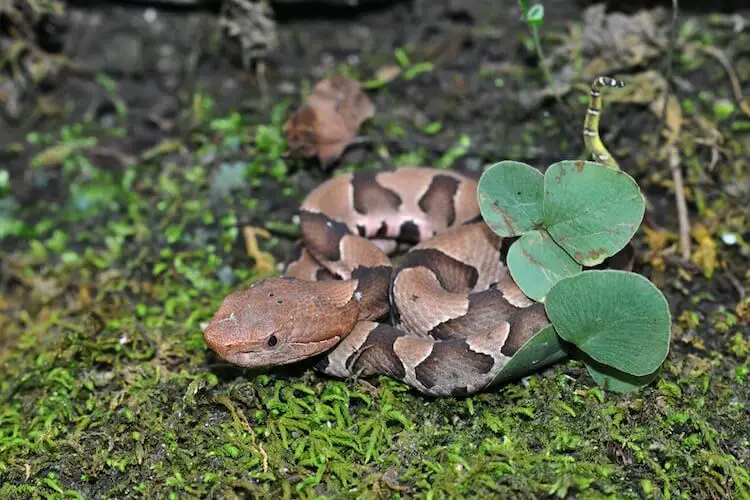



7 Ways To Identify Prevent Remove Baby Copperhead Snakes Everything Reptiles
1 15 ft long Blend in perfectly with dead leaves Like to hang out around base ofLevel 1 Ymysohighguy 1y You should google baby copperhead, so you don't mistake this or any other snake for one again 11 level 2 TheChuck42 1y Reliable Responder Problem with that is that Dekay's come up in about 3 of the first 10 images when googling baby copperheadI did these two videos on 8/14 of a close up baby Copperhead in Flower Mound, Texas My Go Pro cut me off so I reshot the video with the same snake




Common Snakes Of Texas Texas Co Op Power
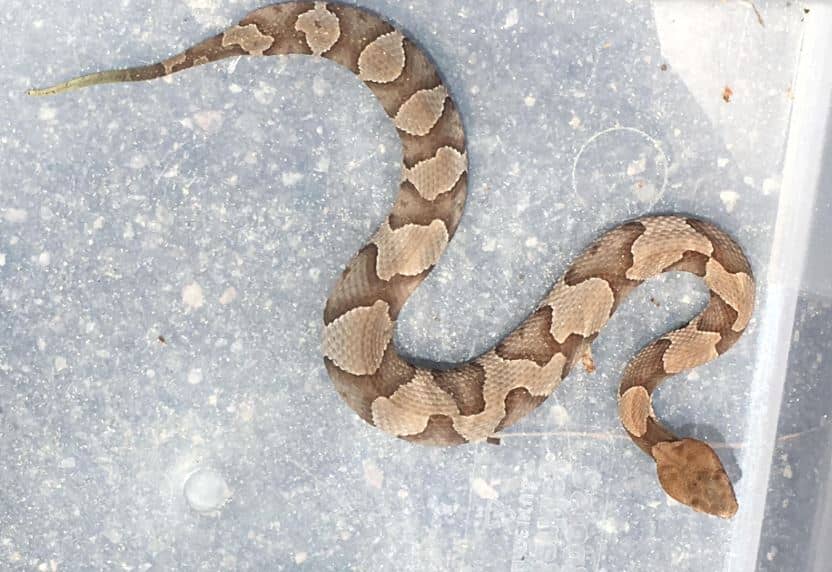



How To Identify A Baby Copperhead Snake 21 Pictures
The Copperhead is the most common venomous snake in the United States, though the death of a Texas teenager resulted from its bite in 13 However, there has never been an official report of this type of snake in Texas Cottonmouth Snake The Cottonmouth snake is the most dangerous and aggressive of venomous snakesCopperheads Copperheads have chestnut or reddishbrown crossbands on a lighter colored body These snakes are found in rocky areas and wooded bottomlands and are rare in dry areasOnly one species of coral snake, the Texas coral snake (Micrurus tener), lives in Texas These snakes have a very different appearance from pit vipers, with slender bodies, small heads, and alternating rings of bright red, yellow, and black Texas coral snakes are typically less aggressive than pit vipers, but have extremely potent venom




North Texas Recording More Snake Bites As Temperatures Soar Cbs Dallas Fort Worth
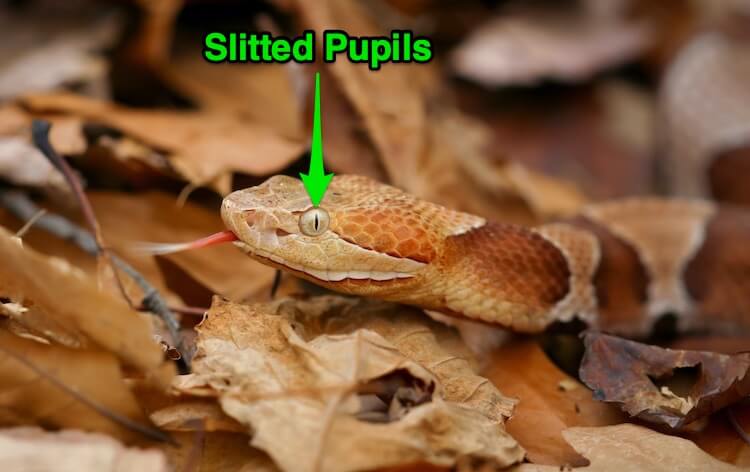



7 Ways To Identify Prevent Remove Baby Copperhead Snakes Everything Reptiles
Copperhead Snake Another venomous snake common to the southeast area of Texas is the copperhead pit viper This copperycolored snake has a stocky body of light copper with dark brown crossbands that look like hourglasses when viewed from above, but appearing triangular (or Hershey's Kisses shaped) from the side A snake's tail starts at its cloaca, which is covered by a thick, wide scale called the anal plate Copperheads, however, only have one row of ventral scales all the way down to their tail tip Copperheads' undersides are creamcolored, with dark brown uneven blotches that can sometimes look like a checkered pattern
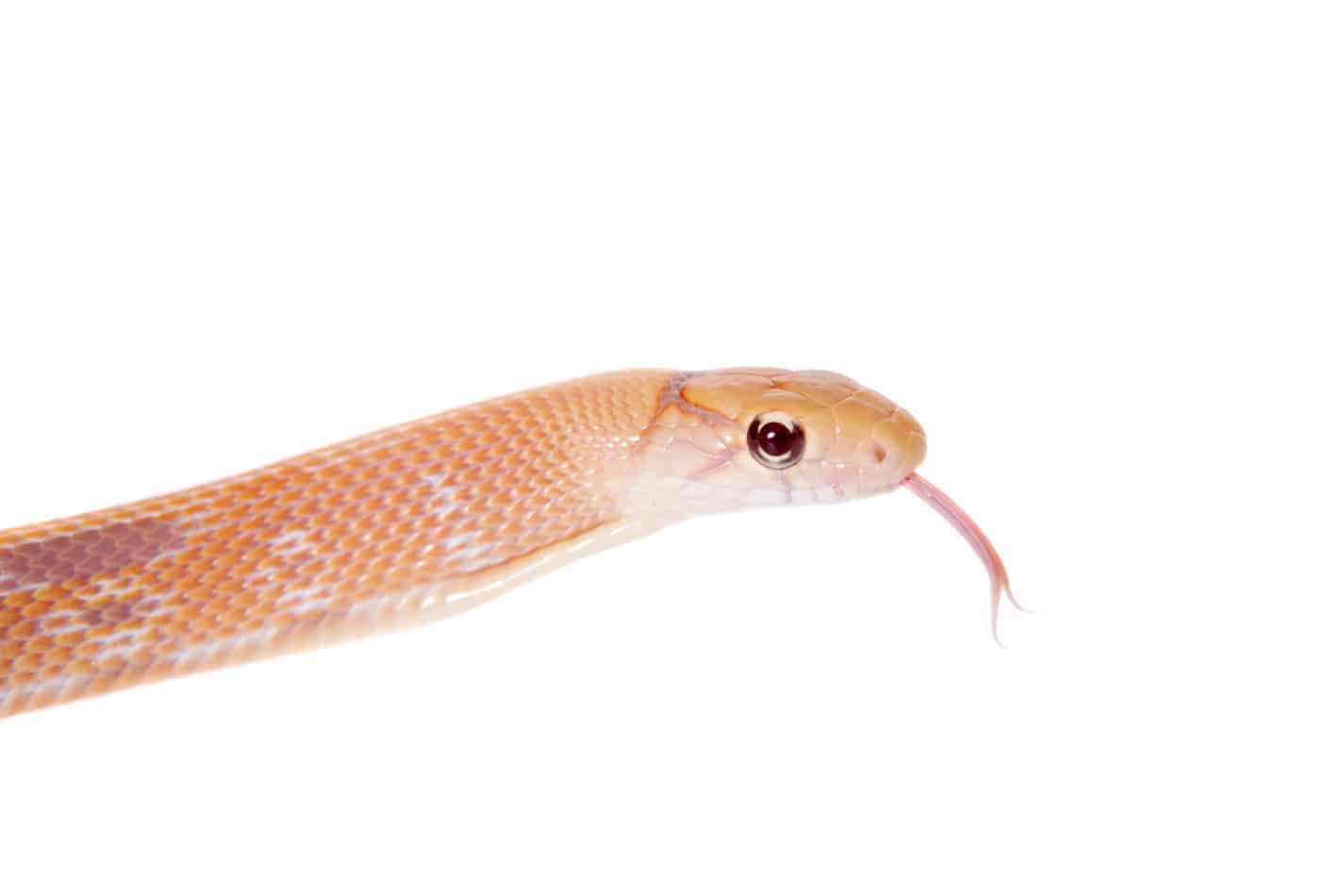



Baby Copperhead Snake Identification Guide Look For These 5 Things Embora Pets
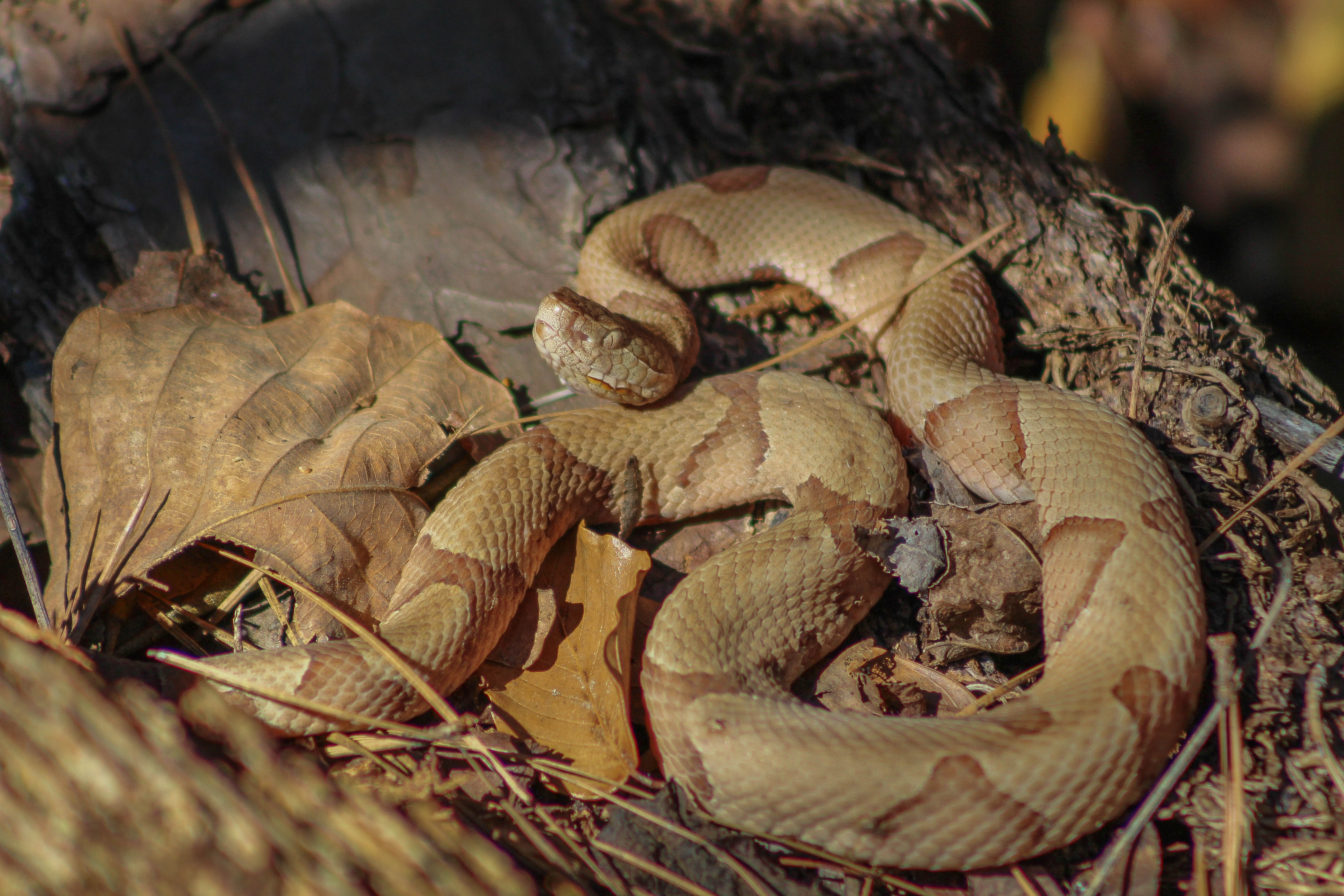



Venomous Snakes Big Thicket National Preserve U S National Park Service




Snakes Of South Central Texas




Cottonmouth Vs Copperhead Snake What Is The Difference Animal Hype




Snakes In Tn Watertown Transporting New House Middle School Tennessee Page 7 Baby Snakes Snake Garden Snakes
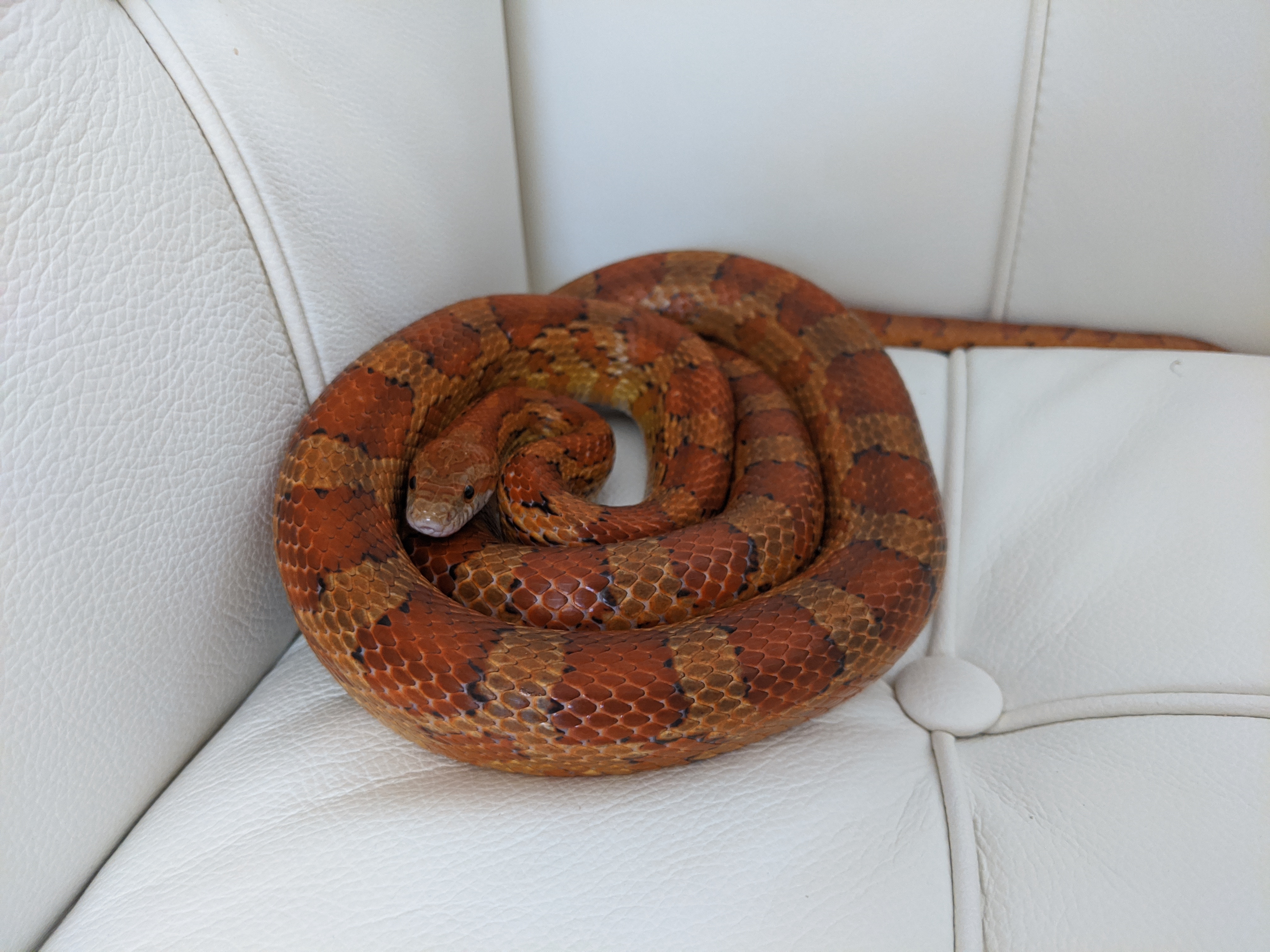



Corn Snake Wikipedia
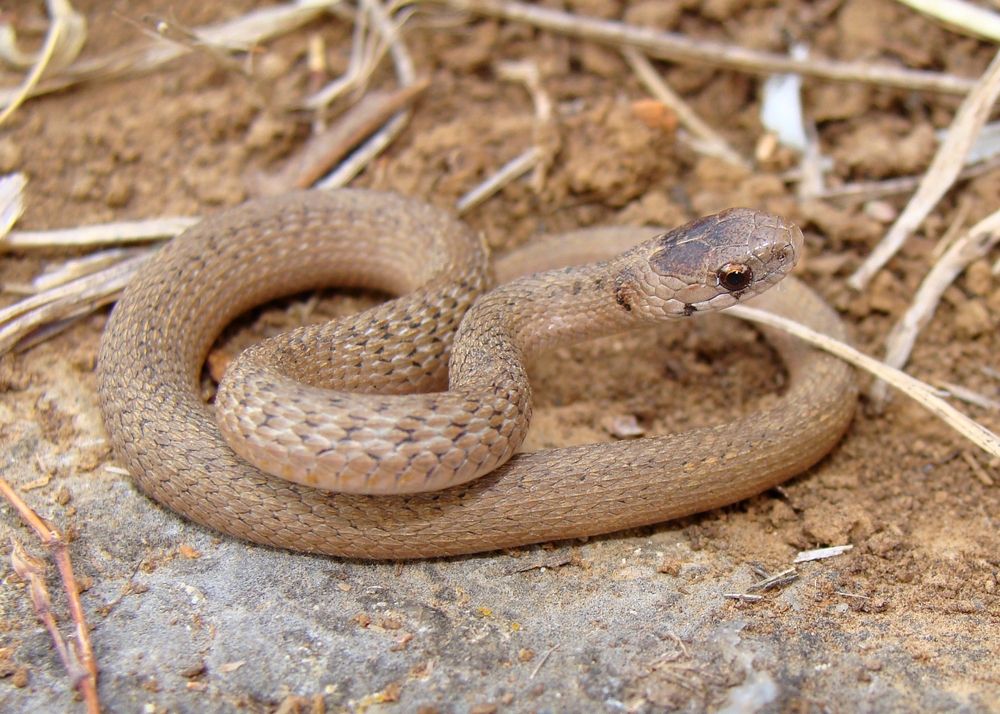



Facts About Brown Snakes Live Science




Baby Copperheads How To Identify Them And Get Rid Of Them




How To Identify The Copperhead Sciencing




Identifying Copperhead Snakes Home Garden Information Center




8 Snakes That Look Like Copperheads With Pictures Wildlife Informer
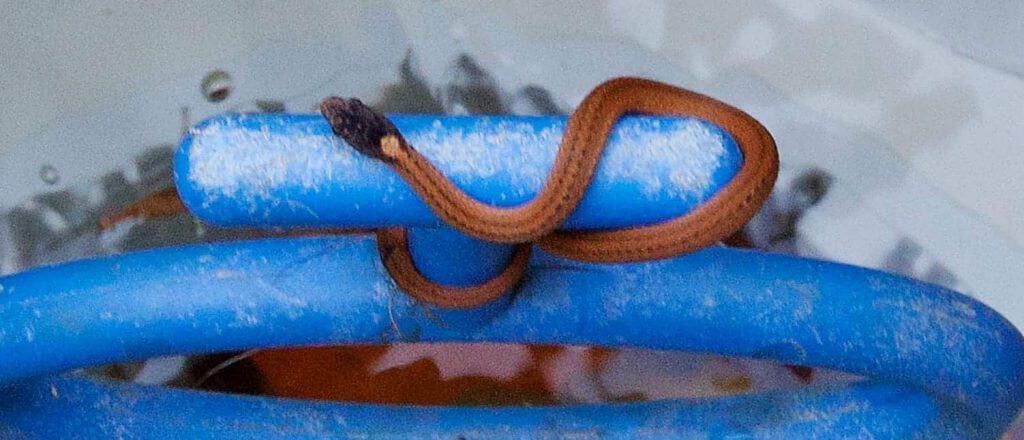



Baby Copperhead Snake Identification Guide Look For These 5 Things Embora Pets
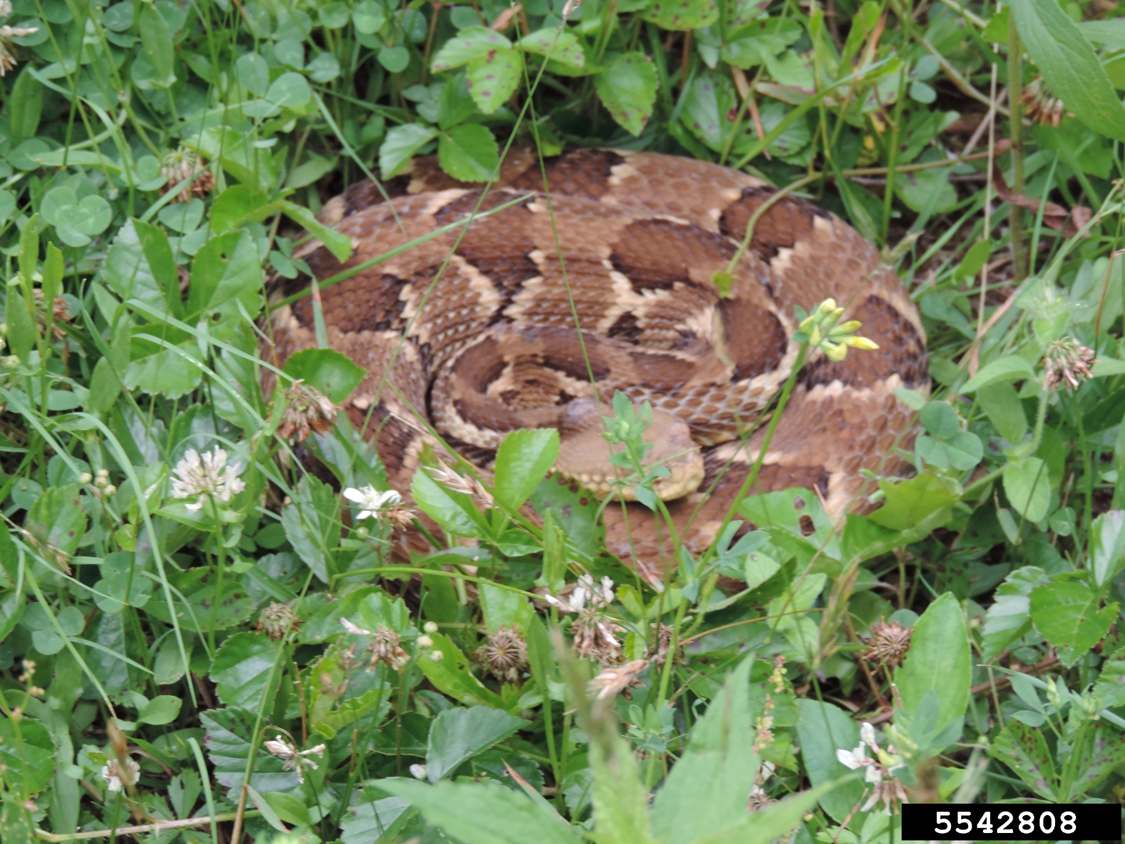



Identifying Copperhead Snakes Home Garden Information Center




Is There Really A Snake Season In Oklahoma And Texas




Species Profile Copperhead Agkistrodon Contortrix Srel Herpetology



When Are Baby Copperheads Born In Nc Are They More Dangerous Raleigh News Observer




Why You Should Let A Copperhead Live In Your Yard Debunking Snake Myths Wunc




Common Snakes Of Texas Texas Co Op Power
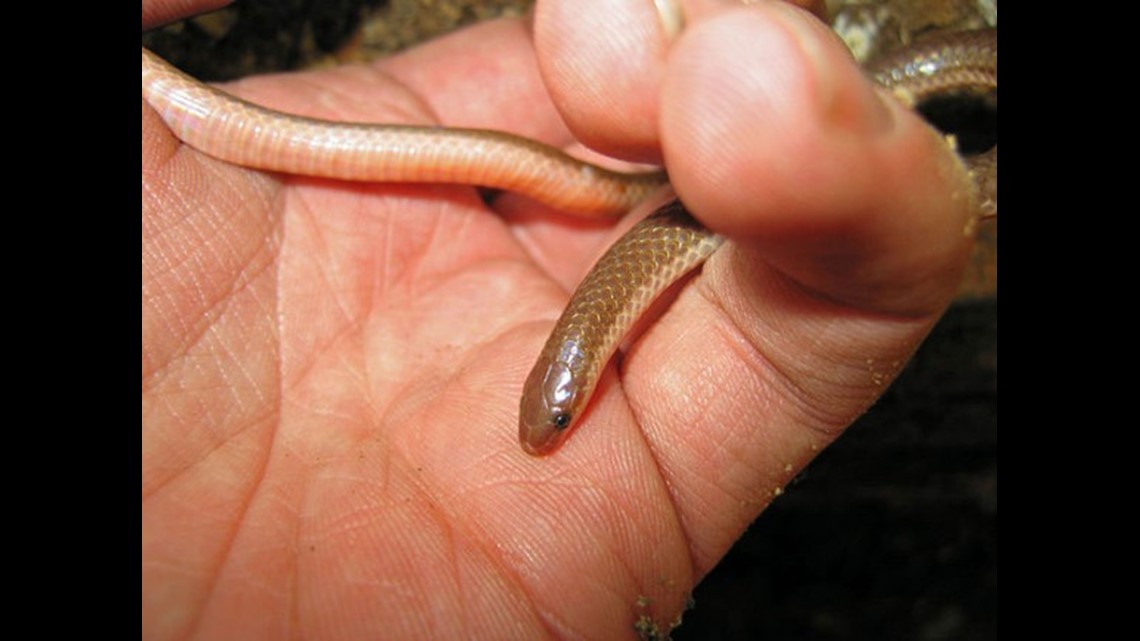



Watch Out For Baby Copperhead Snakes Wfmynews2 Com




Nc Venomous Poisonous Snakes Copperhead Moccasin Photos Raleigh News Observer
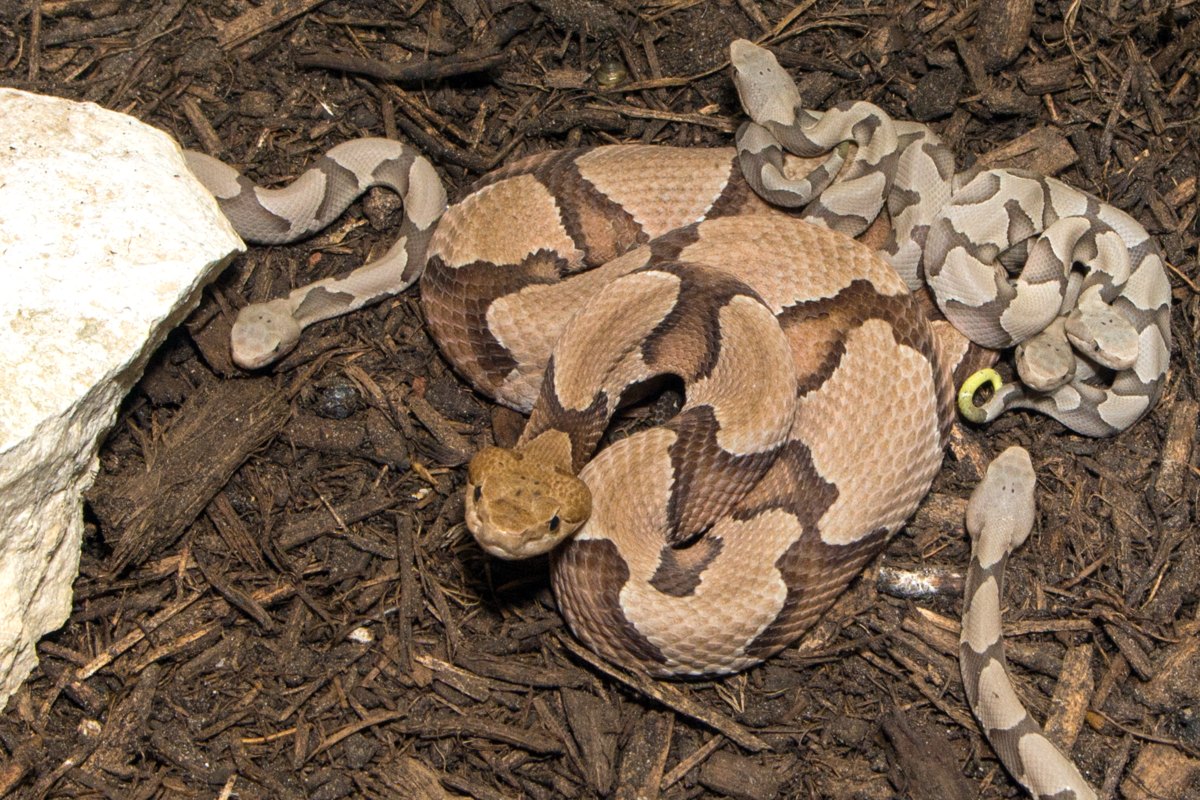



Baby Copperheads Born At The Zoo The Houston Zoo




Simply Vintage Warning The End Of August Beginning Of September Is The Time For Baby Copperhead Snakes No Bare Feet Www Facebook Com Posts Extid Kyv4vsayzp6mbwyt D N Facebook



Snake Id Texasbowhunter Com Community Discussion Forums



Angry Copperheads Smell Like Cucumber Expert Lays Out Facts The State




Baby Copperhead Snakes Will Emerge Soon In North Carolina Due To Warmer Than Normal Summer Abc11 Raleigh Durham




A Field Guide To Commonly Misidentified Snakes
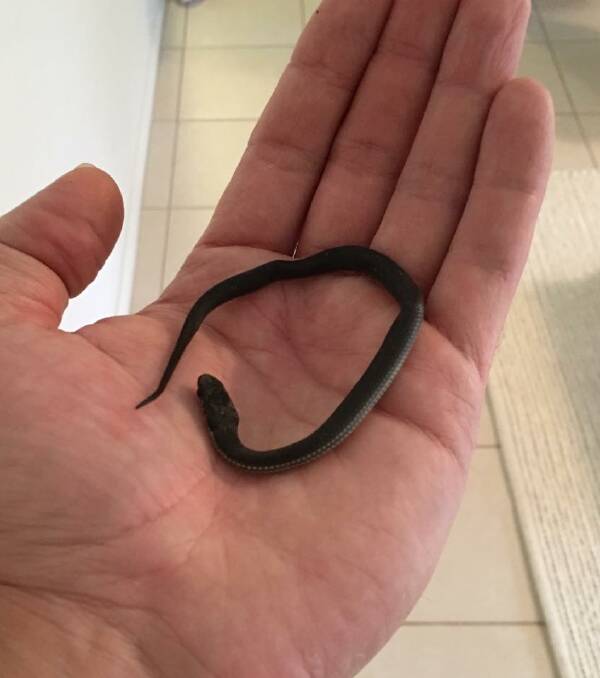



Baby Snakes Are On The Way But There S No Need To Worry Photos Central Western Daily Orange Nsw
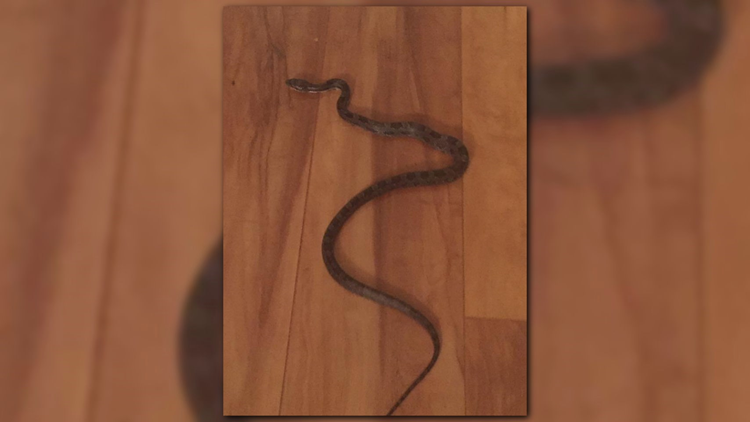



Can You Identify This Snake Here S How 11alive Com



Black Snakes V Copperheads Tips To Keep Safe Wcnc Com
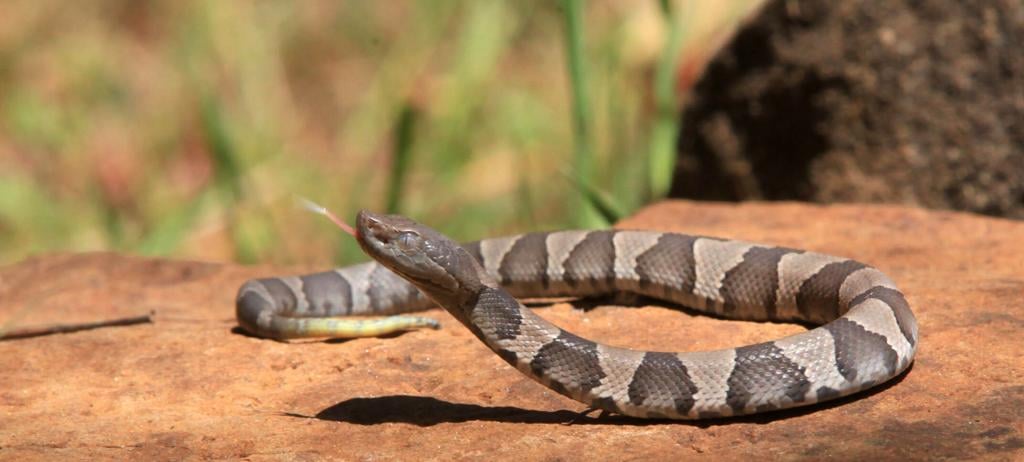



Snakes Alive Copperhead Other Snake Encounters More Likely As Days Shorten Weather Cools Local News Tulsaworld Com



Common Snakes Trophy Club Tx
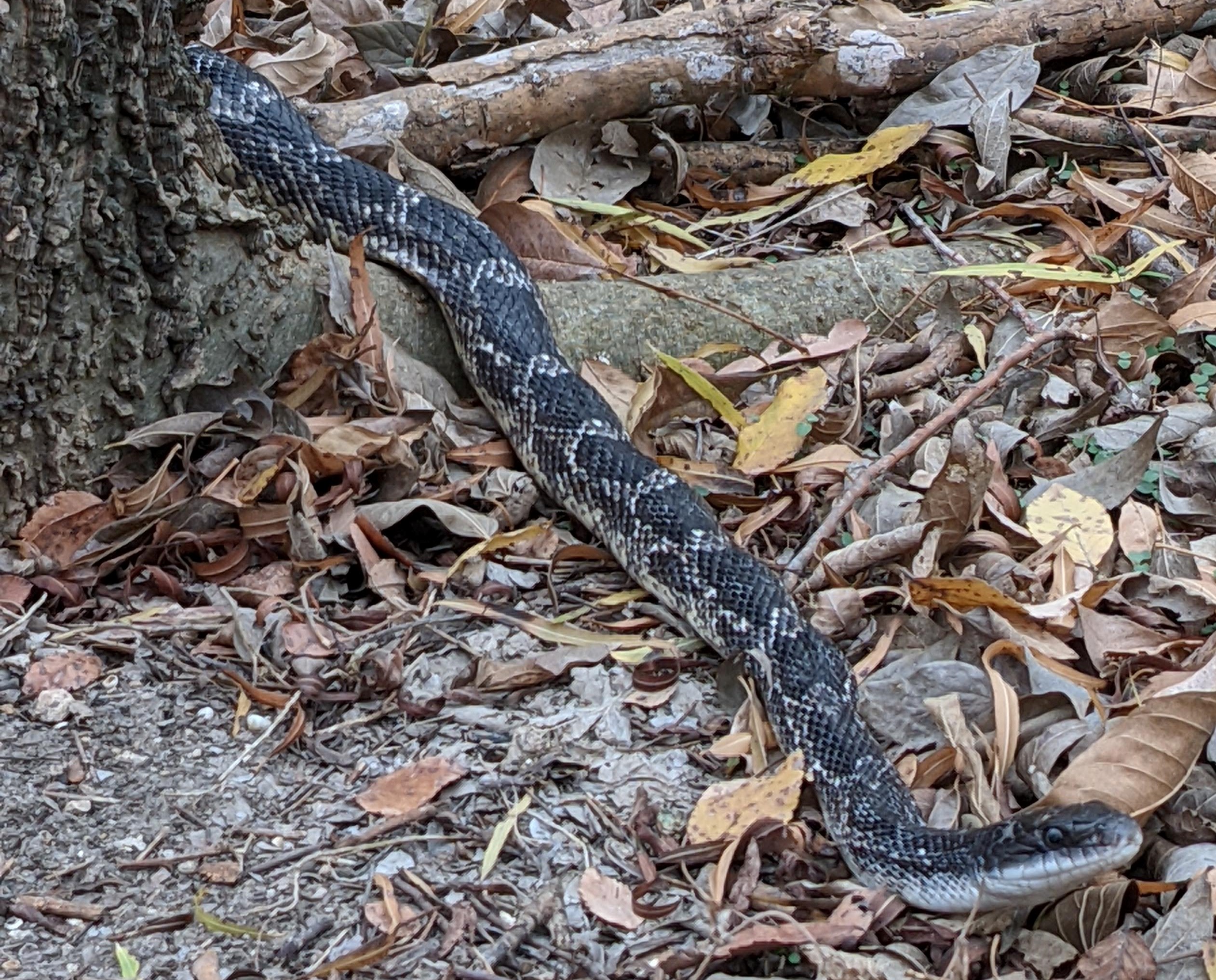



Snakes Of South Central Texas




Rare Striped Copperhead Snake Found In Mississippi




Facts You Did Not Know About Baby Copperheads




Discovery Reveals Baby Brown Snakes Undergo Venom Transformation Farm Online Australia




Baby Copperheads How To Identify Them And Get Rid Of Them



Texas Brown Snake




Tis The Season For Babies Copperhead Babies That Is Youtube




Carolina Waterfowl Rescue A Lot Of Baby Rat Snakes Are Mistaken For Baby Copperheads Because Of Their Different Pattern The Copperheads Are The Only Common Venomous Snake We Have In The



Texas Brown Snake
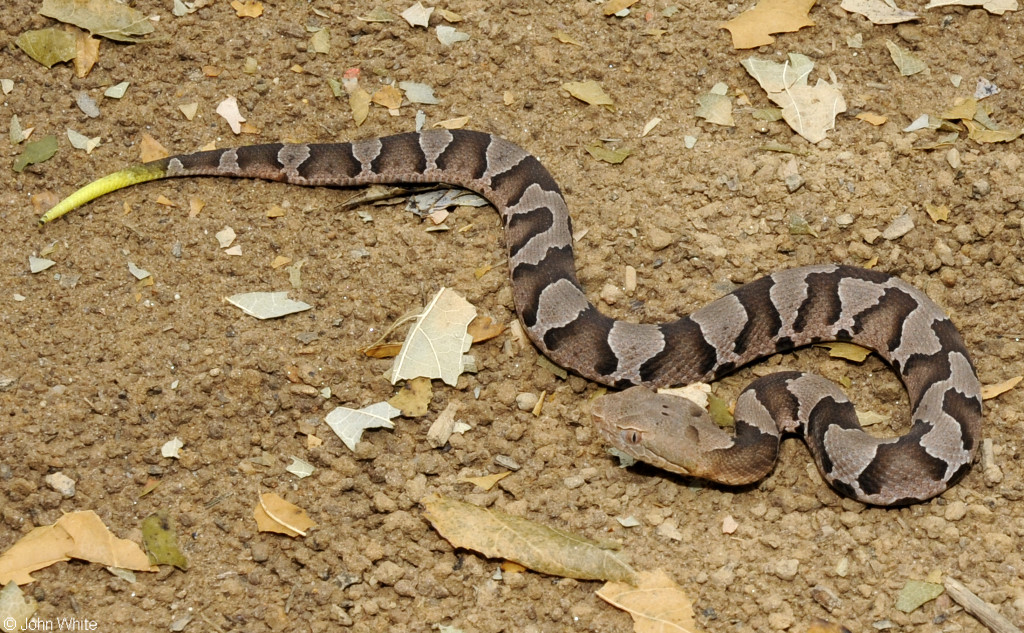



Copperheads And Similar Looking Harmless Species
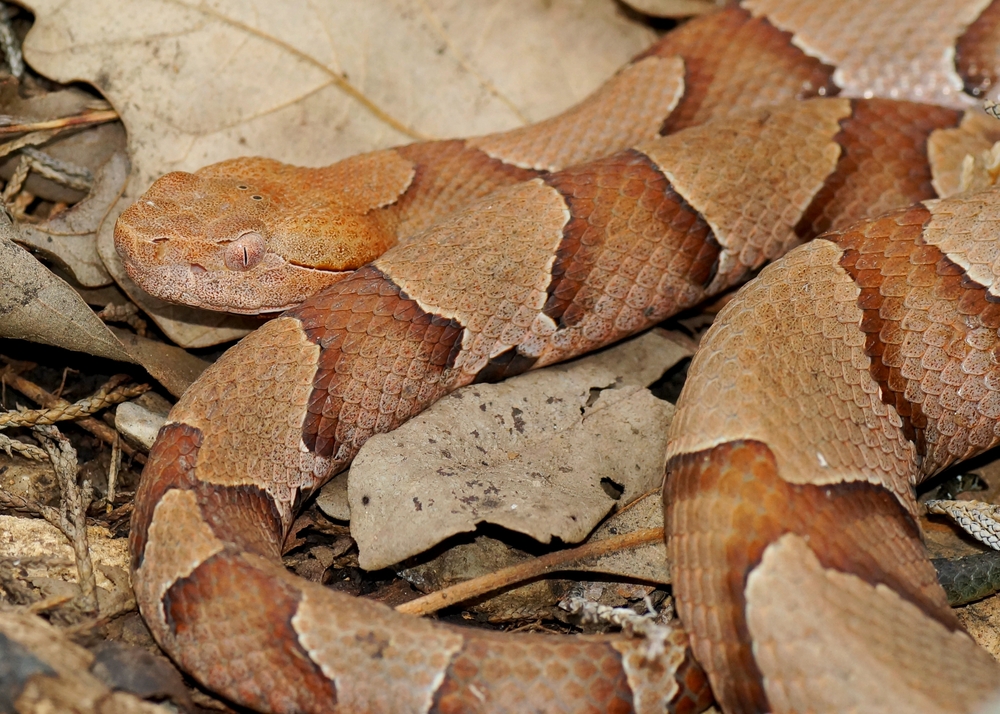



Copperhead Snakes Facts Bites Babies Live Science




Vanguardcycles S Blog Pictures Of Baby Copperhead Snakes Showing 1 1 Of 1
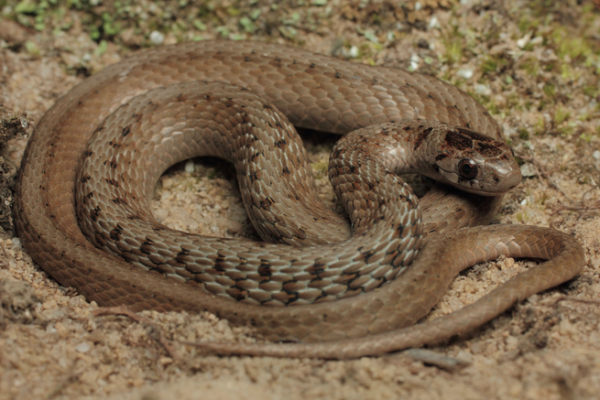



Which Snakes Are More Active In The Fall How To Avoid Snakes Snakebites




What Kind Of Snake Is This Here S A Texas Guide That Can Help
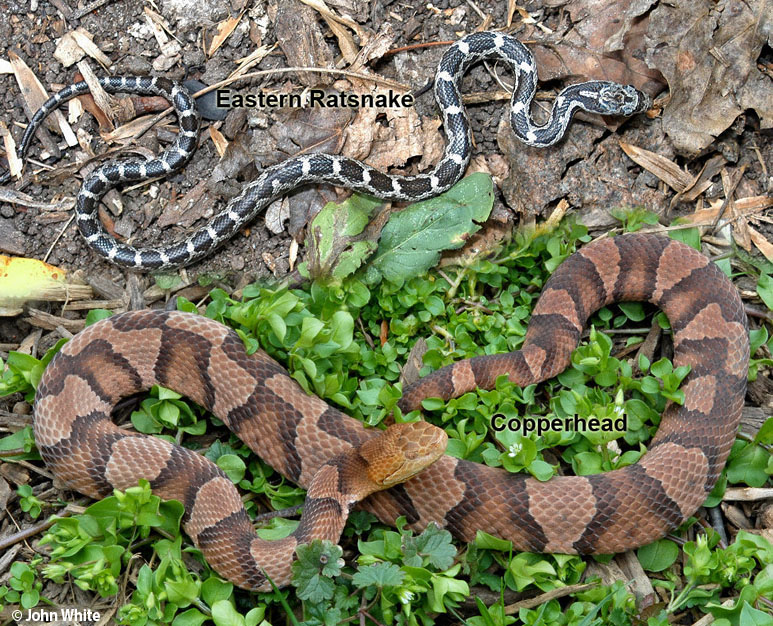



Copperheads And Similar Looking Harmless Species




How To Identify A Baby Copperhead Snake 21 Pictures



Texas Brown Snake




Snakes Are Out In Texas Here S How To Reduce Encounters With Them Texas A M Today
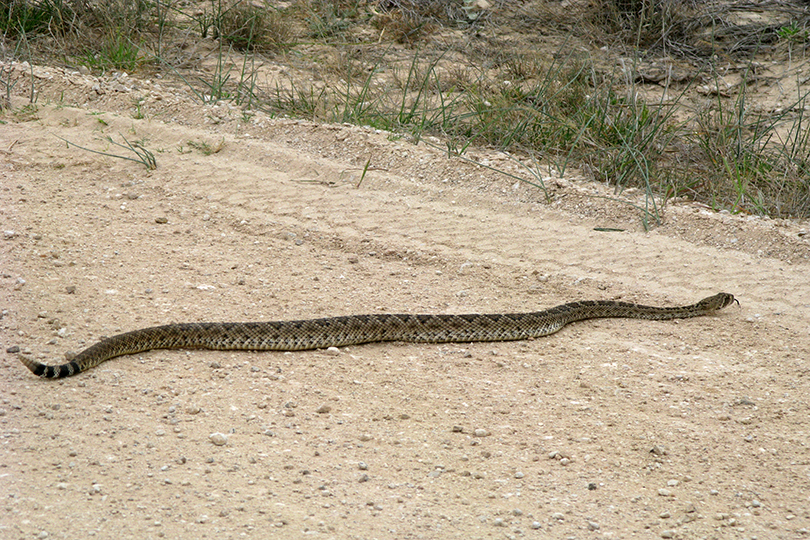



Summer Sunshine Brings Snakes To Surface Texas Farm Bureau




How To Identify A Copperhead Snake What You Need To Know




Sign In Reptile Snakes Snake Venom Snake




How To Identify A Baby Copperhead Snake 21 Pictures



Common Snakes Trophy Club Tx
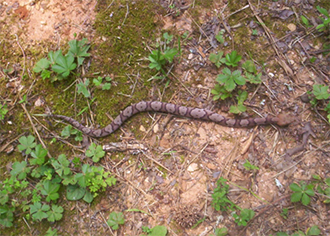



The Copperhead Snake Is Often Misidentified
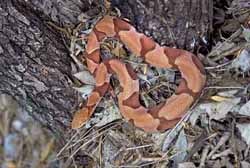



Venomous Snake Safety Texas Parks Wildlife Department
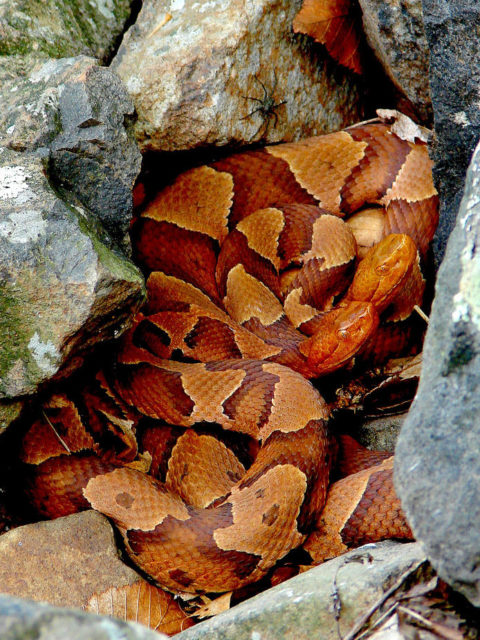



Snake Species Of Ohio At A Glance Trekohio



Baby




Brown Snake Identification Habits Behavior Presto X Formerly Fischer



Baby
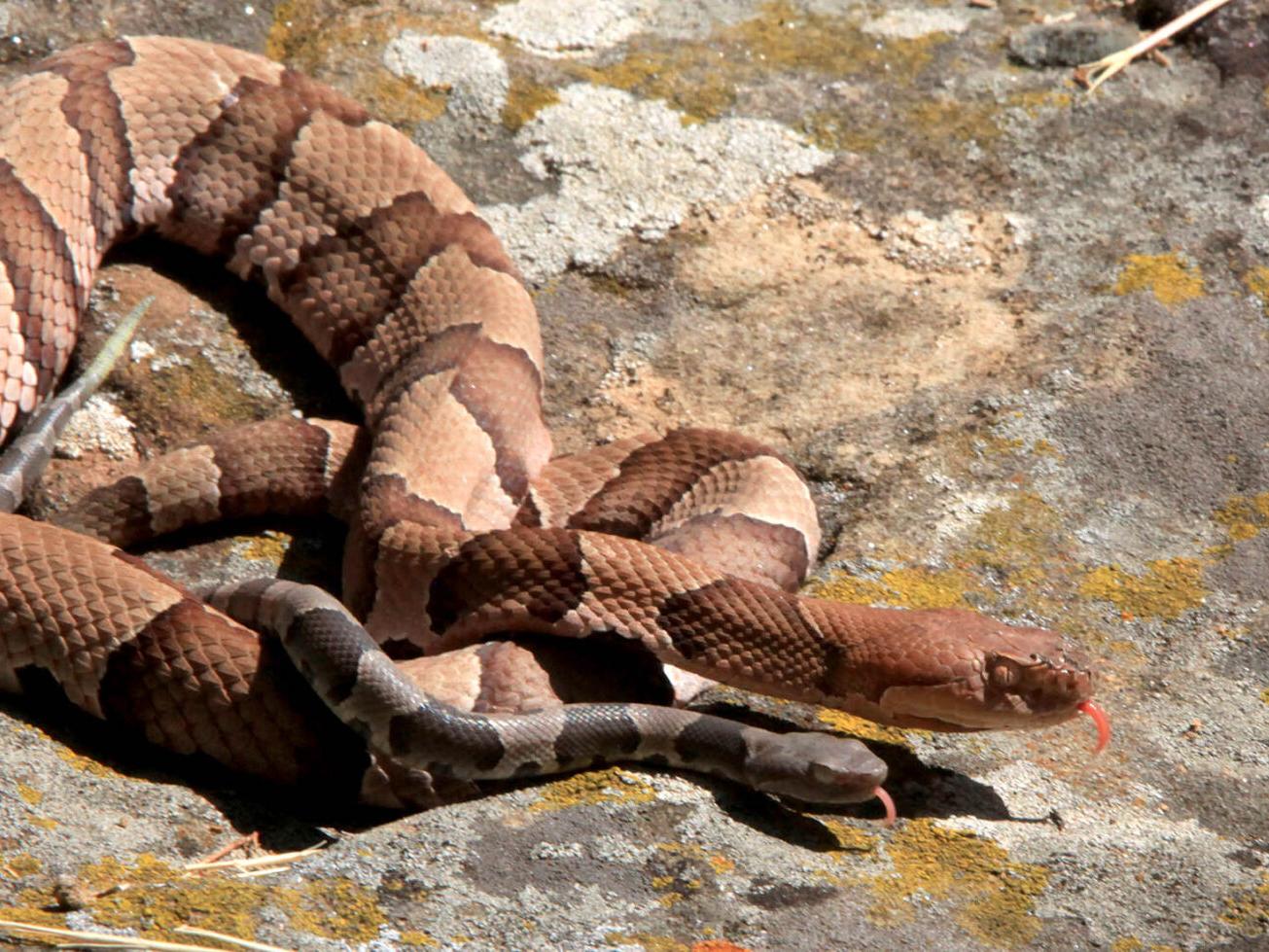



Snakes Alive Copperhead Other Snake Encounters More Likely As Days Shorten Weather Cools Local News Tulsaworld Com
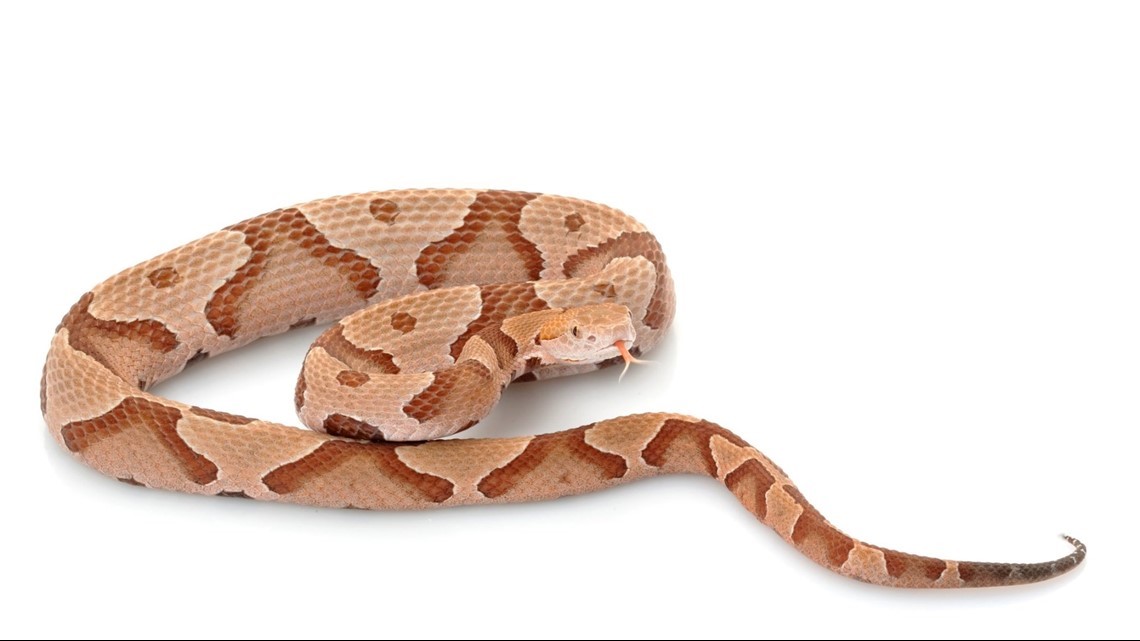



How To Tell If A Snake Is Venomous Wbir Com
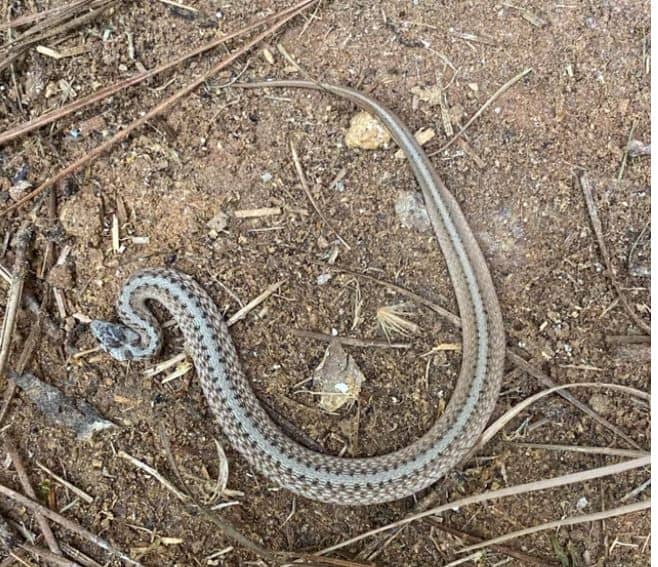



How To Identify A Baby Copperhead Snake 21 Pictures




Northern Brown Snake A Very Common Herp Youtube




Baby Copperheads How To Identify Them And Get Rid Of Them




Texas Poisonous Venomous Snakes Texas Parks Wildlife Department




Texas Brown Snake Wikipedia




8 Snakes That Look Like Copperheads With Pictures Wildlife Informer



Copperhead Snake Information Facts




Northern Copperhead Smithsonian S National Zoo
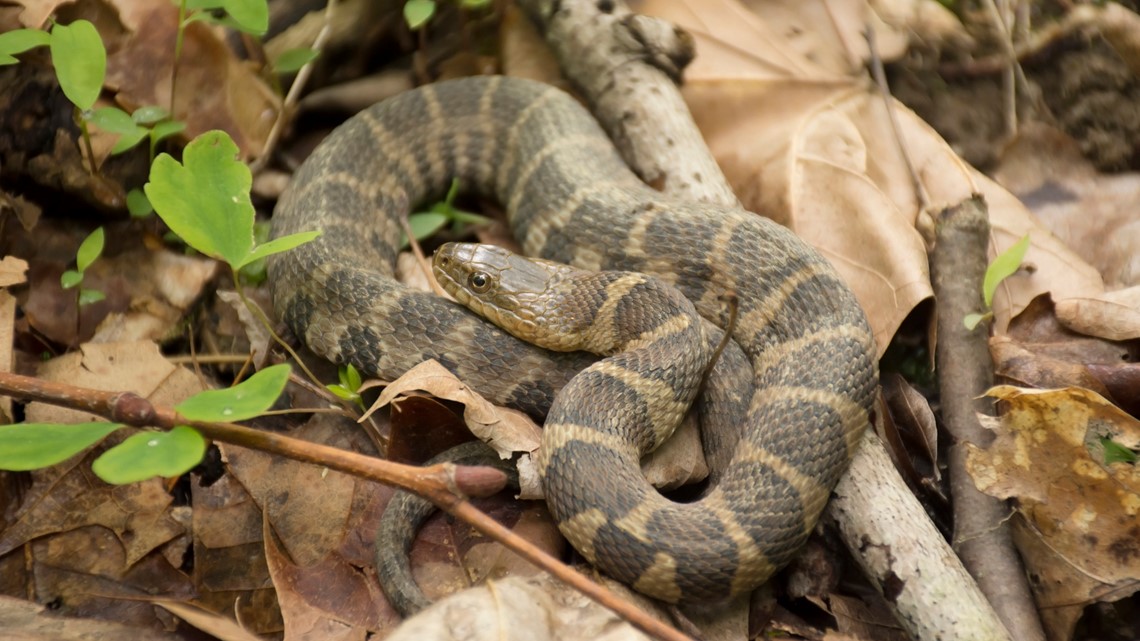



How To Tell If A Snake Is Venomous Wbir Com



What Kind Of Snake Ask Extension
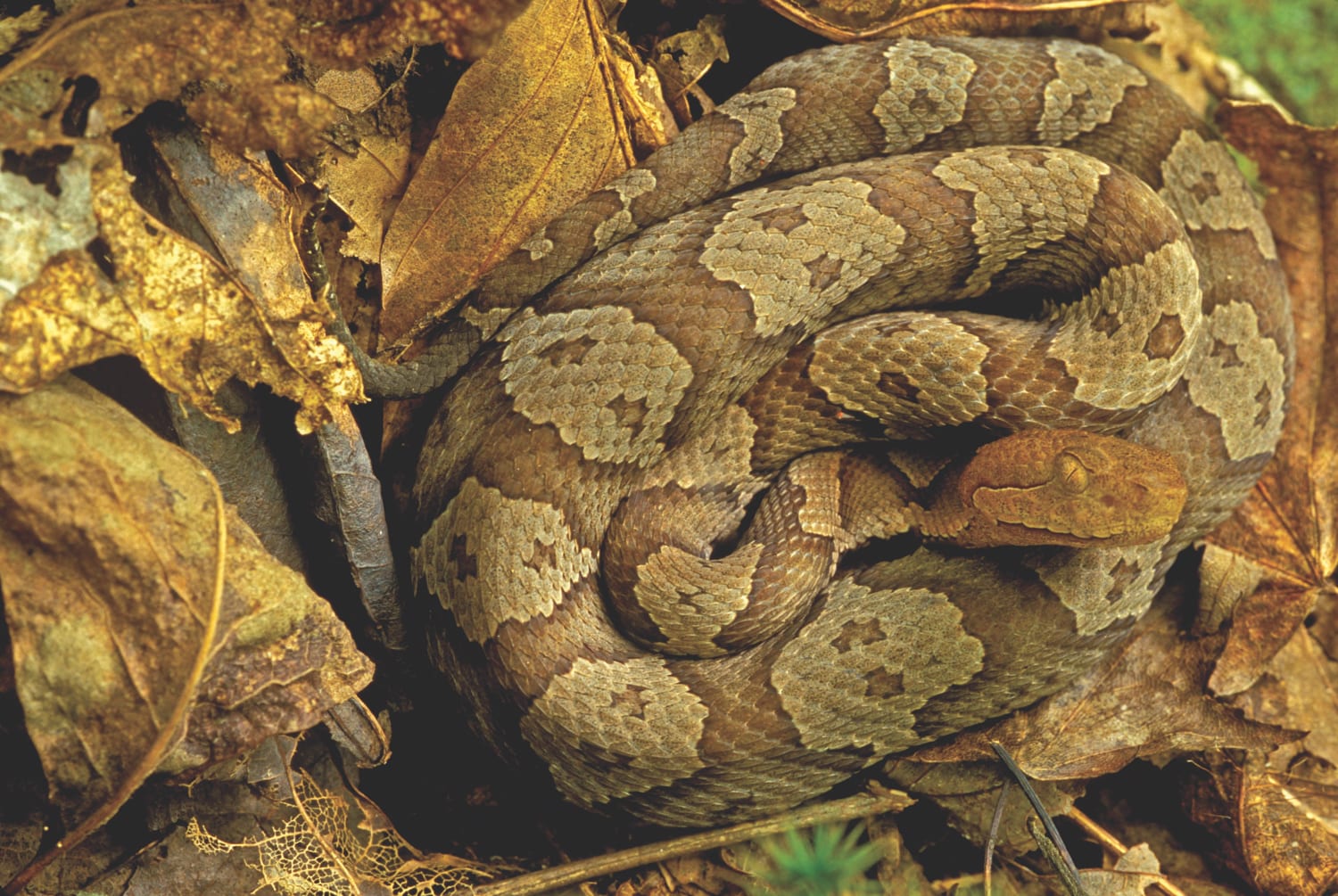



Identification And Control Of Snakes In Alabama Alabama Cooperative Extension System



Baby Copperhead Season Has Begun In Carolinas What To Know The State
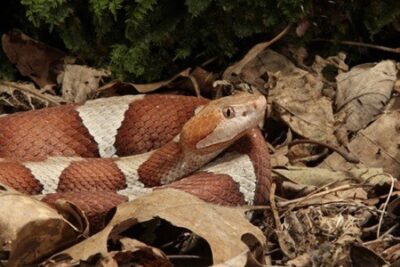



What A Copperhead Snake Looks Like With Pictures
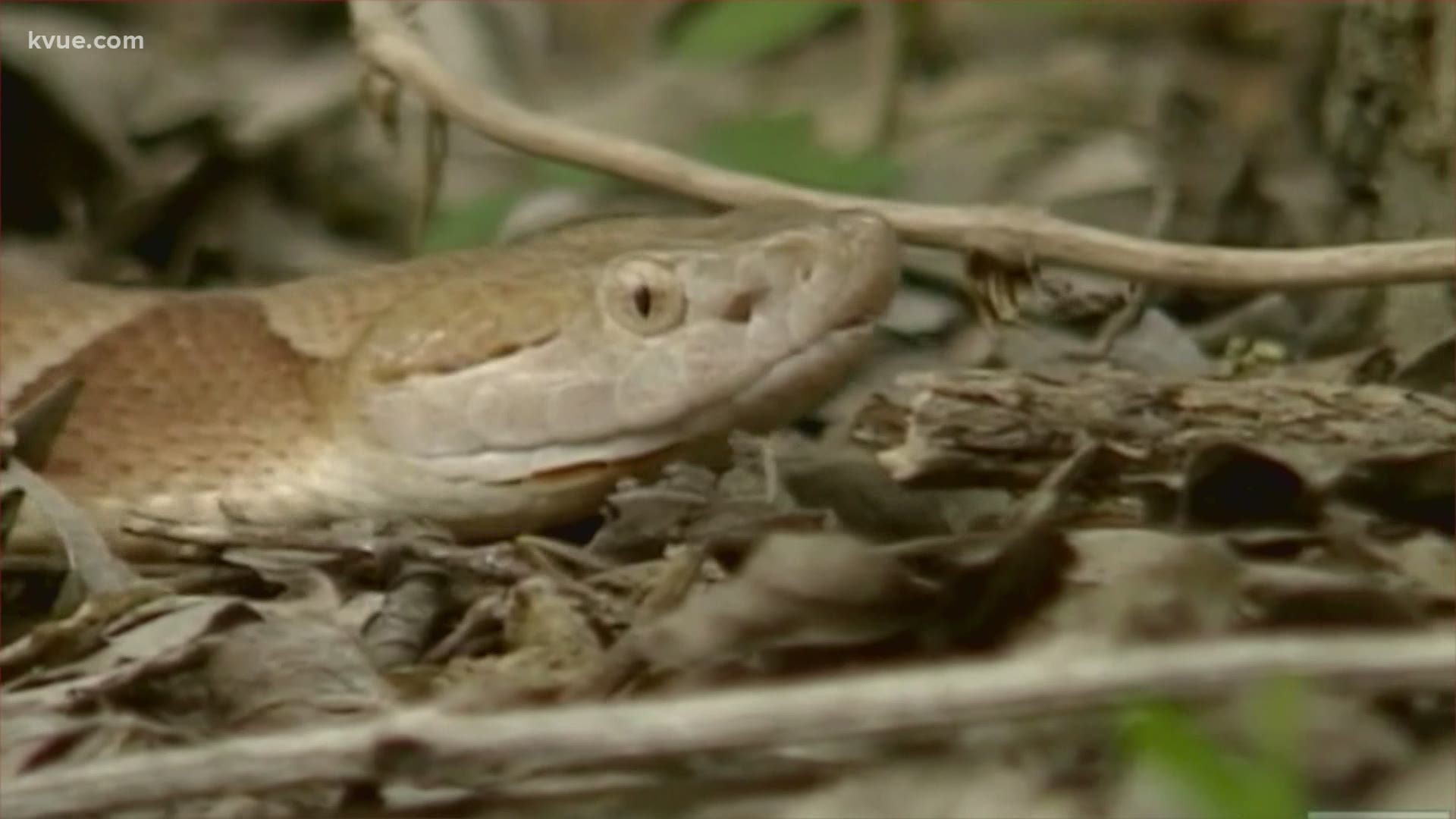



Sneaky Serpents Texas Department Of Agriculture Reminds Texans To Keep Sharp Eye Out For Snakes Kvue Com




Austrelaps Wikipedia
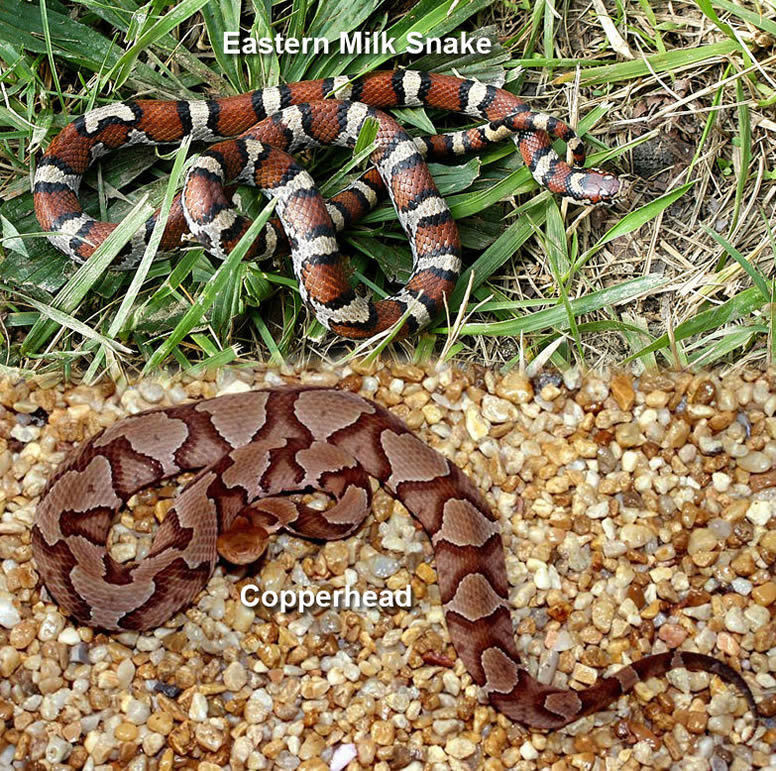



Copperheads And Similar Looking Harmless Species



Common Snakes Trophy Club Tx




Six Snakes In Arkansas Are Venomous How To Protect Yourself And Them



0 件のコメント:
コメントを投稿